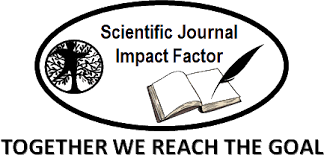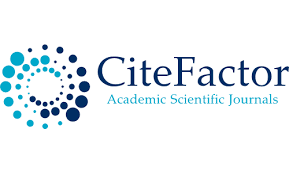Typology Of Detached Constructions In English
DOI:
https://doi.org/10.62480/tjpch.2025.vol38.pp14-17Keywords:
Detached construction, typology, semantic featureAbstract
This article discusses the typology of detached constructions in English. Detached constructions are a stylistic phenomenon indicating the lateness of the speaker’s speech. When studying detached constructions in English, attention is paid to their formal and semantic features. An important principle of the article is the study of the important features of this phenomenon in the typology of English-language detached constructions and their interpretation with the identification and generalization of features based on their comparison. Detached constructions are also studied by comparing the device with other linguistic phenomena. The article describes exactly the same events in detail.
References
Grammar of the Russian language., vol. II. Part II, p. 257.
Vinogradov V.V. Gogol’s language and its significance in the history of the Russian language. Sat.
"Materials and research on the history of the Russian literary language." Vol. III, 1953, p. 29.
Lenin V.I. Philosophical notebooks. M.: Partizdat, 1936. - P. 73.
Vinogradov V.V. Pushkin’s style. State ed. thin lit-ry., 1941. - P. 194.
Vinogradov V. Pushkin’s Style, State. ed. thin Literary, 1941, p. 194
Pospelov N. S. On the grammatical nature and principles of classification of non-union complex
sentences. Sat. “Issues of the syntax of the modern Russian language”, Uchpedgiz, 1950, p. 341.
Kryuchkov S. E. About connecting connections in modern Russian. Sat. “Issues of the syntax of
the modern Russian language”, Uchpedgiz, 1950. P. 397.
Downloads
Published
Issue
Section
License

This work is licensed under a Creative Commons Attribution-NonCommercial 4.0 International License.
User Rights
Under the Creative Commons Attribution-NonCommercial 4.0 International (CC-BY-NC), the author (s) and users are free to share (copy, distribute and transmit the contribution).
Rights of Authors
Authors retain the following rights:
1. Copyright and other proprietary rights relating to the article, such as patent rights,
2. the right to use the substance of the article in future works, including lectures and books,
3. the right to reproduce the article for own purposes, provided the copies are not offered for sale,
4. the right to self-archive the article.












